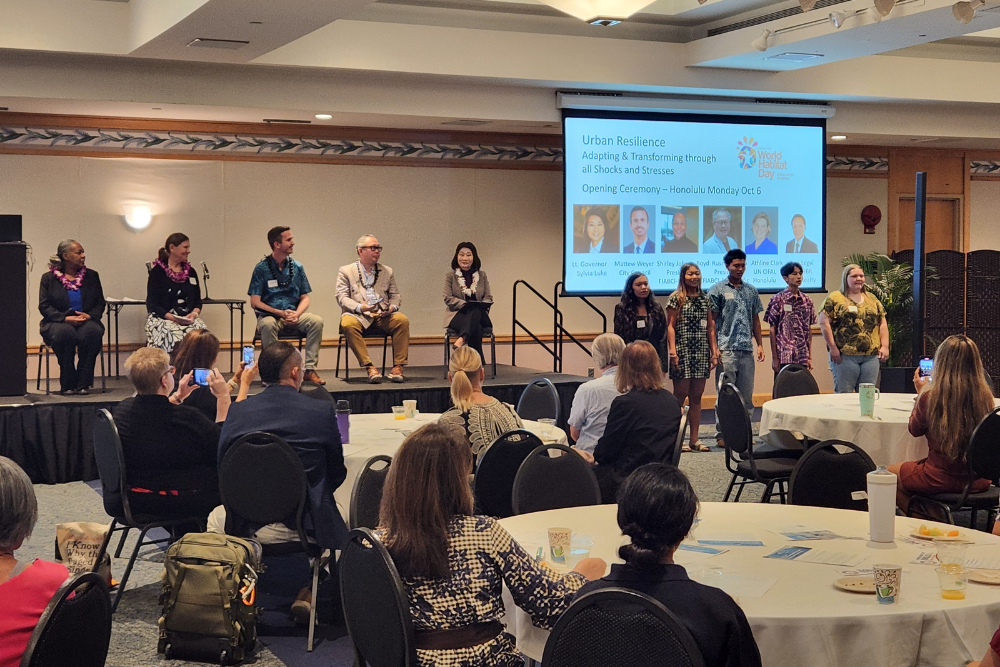

New PEEB report: Smart and efficient – digital tools to save energy in buildings
The potential to reduce the energy consumption of buildings is massive, but often not realised. The energy demand from the building sector is expected to grow by another 50% by 2050. There is a huge – and still largely unexploited – potential to use digital solutions to make buildings more energy efficient.
Digital tools can support energy efficiency throughout the lifetime of a building. The design phase is particularly important, as many parameters of a building are defined and will remain ‘locked-in’ for its entire lifetime. The operation phase is also important, as 80 – 85% of all costs occur after the building is finished.
From design to demolition, every phase of the building life cycle brings different needs and challenges. Time pressure, cost constraints, complex building codes and demanding clients keep building sector professionals busy. Energy efficiency is often not a central concern. For some of these challenges, digital solutions can make a difference.
Building Energy Modelling (BEM) and Life-Cycle-Assessment (LCA), smart energy monitoring, agile logistics, prefabrication and 3D printing, software for facility management, ‘smart home’ applications and nudging apps, intelligent controls for energy management, data for deep energy retrofits, 3D scans of building elements are some of the topics covered in this report. These tools can deliver faster and better results for energy simulation, visualisation and marketing, smart construction, as well as energy management and demolition.
This paper is both a think-piece and a practical guide for building sector professionals. Drawing on the current literature, as well as 28 interviews with experts worldwide, we showcase how digital solutions can support the transition to more energy-efficient buildings, while pointing out the limitations and gaps.
A catalogue of tools highlights solutions for the design, construction, operation and demolition or refurbishment of buildings. Architects, engineers, building developers, construction companies, building owners, facility managers and building users can benefit from these tools. While some tools or applications are more sophisticated and costly, and therefore suitable for larger or more complex building projects, others are simpler, more affordable, or even free of charge.
The paper was written by the Programme for Energy Efficiency in Buildings (PEEB). PEEB combines financing for energy efficiency in large-scale projects with technical assistance through policy advice to governments and expertise for building sector professionals.
Full report here.




















































































































































































































































































































































![[Webinar Summary] COVID-19: What lies ahead for the Real Estate Industry?](/uploads/news/9i1w05plq2ksbcswuyj5ze2nr.png)






























































































